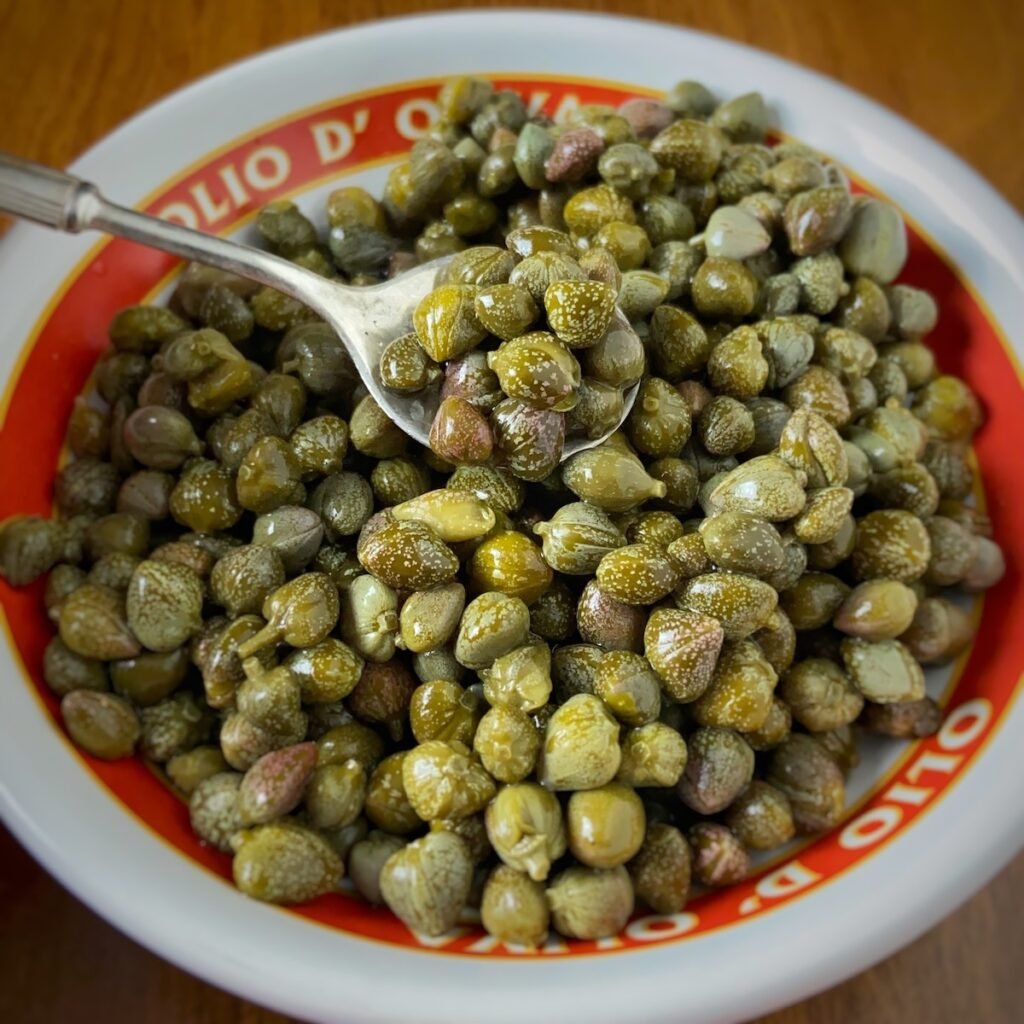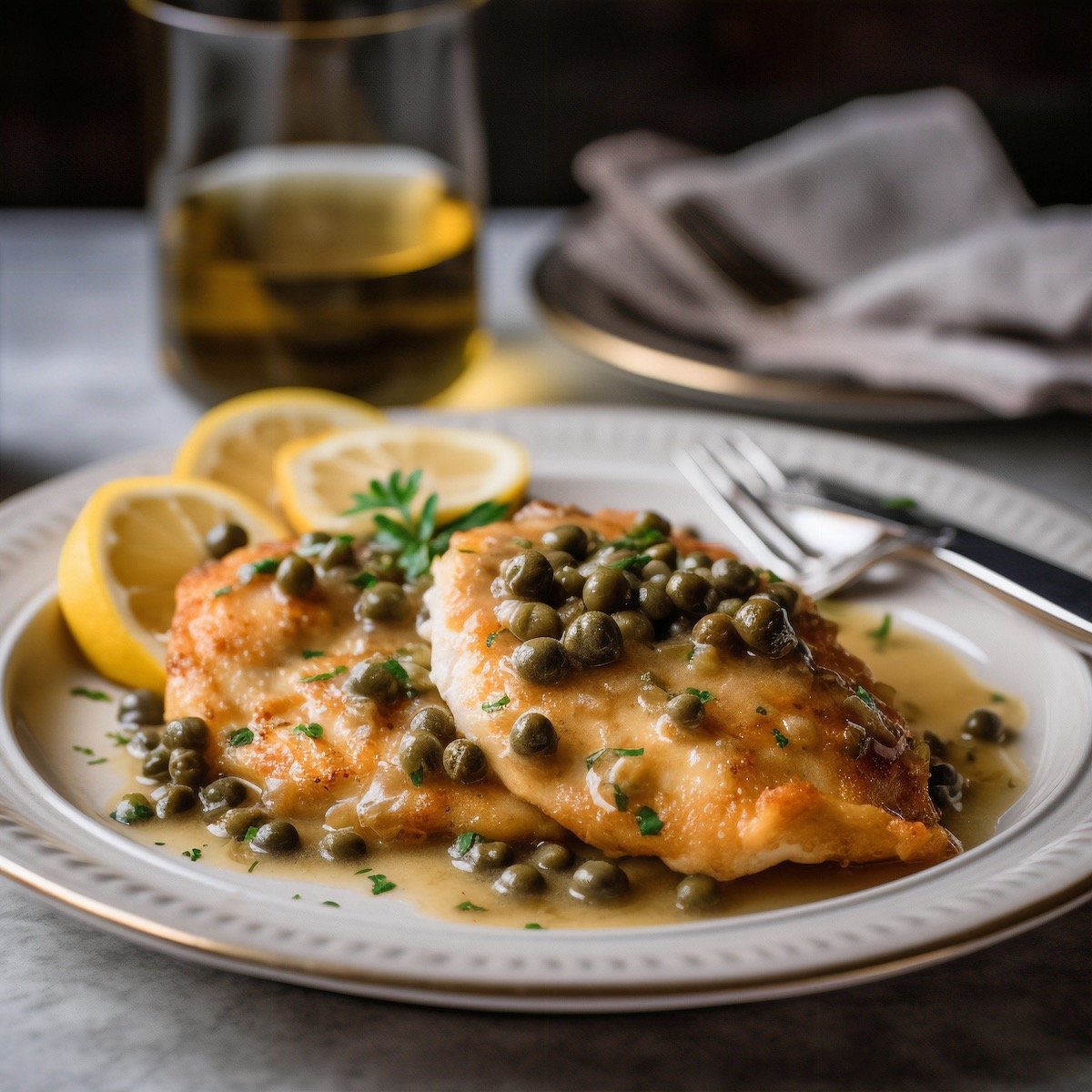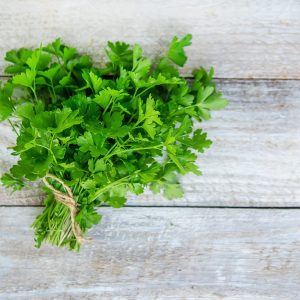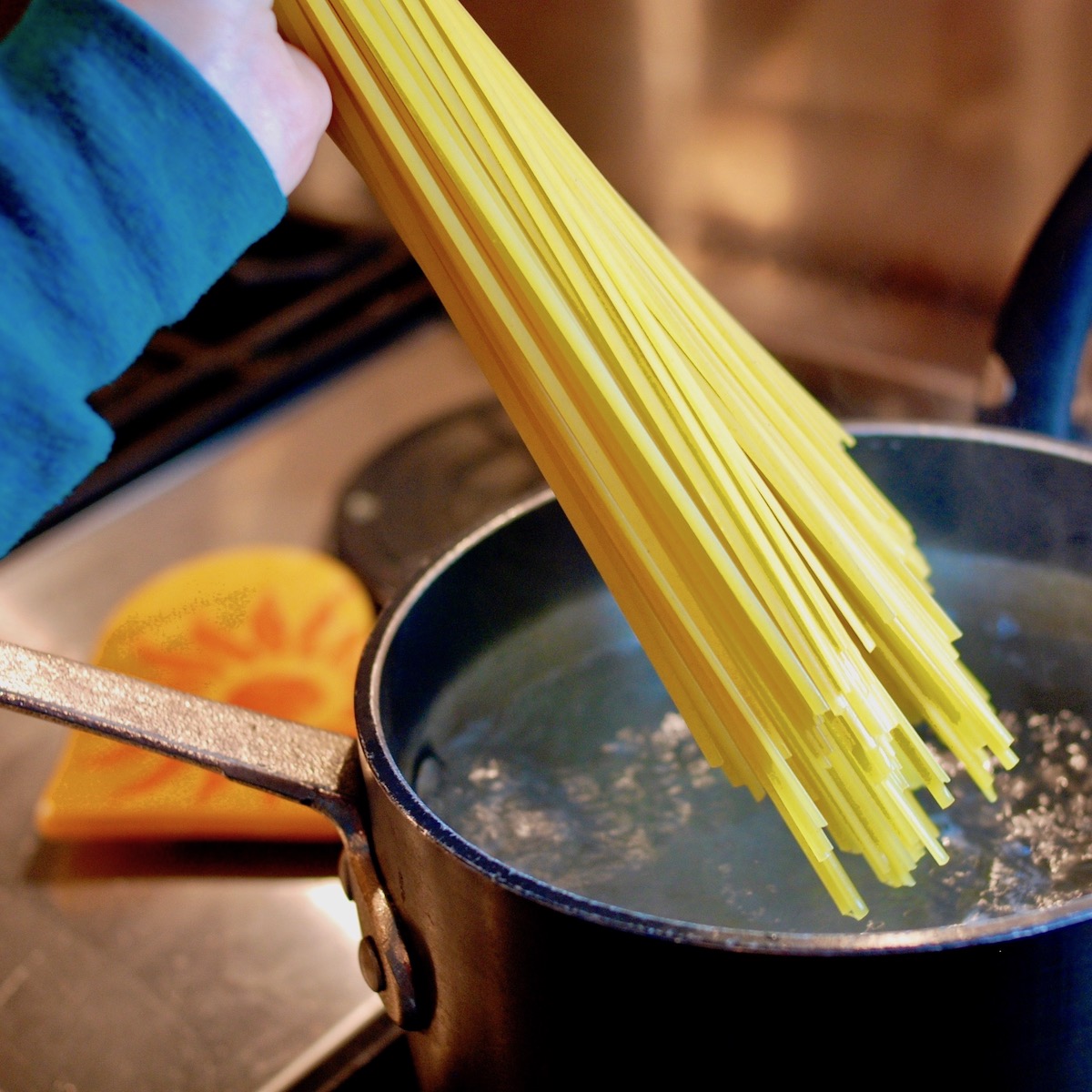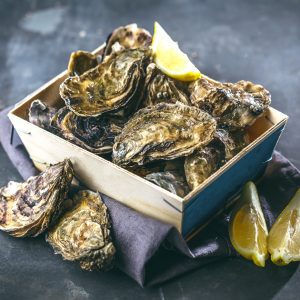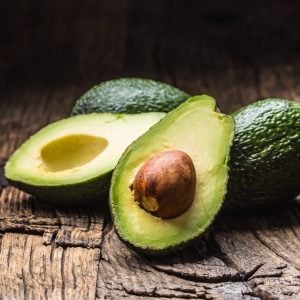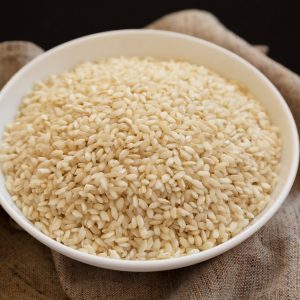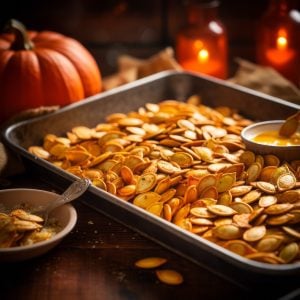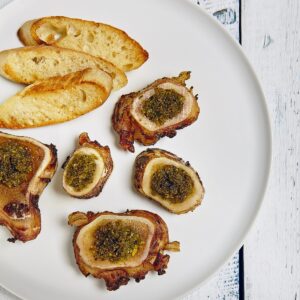What Are Capers, Where Do They Come From and What Do They Taste Like?
Let me start by saying I love capers but not as much as my oldest daughter Nell. She is a caper fanatic. There are very few meals she doesn’t bring out the giant jar of capers from the refrigerator to the table to spoon some of those mini salty morsels onto her food.
On the other hand, my wife and youngest daughter Maddie are not fans. They’ll tolerate them if they have to in a dish like chicken piccata, but otherwise, no thanks.
What Are Capers?
Capers are a small, flavorful addition to many dishes that can add a unique zest and tang to a wide range of cuisines. While they may not be a common ingredient in every kitchen, they are worth seeking out for their versatility and delicious taste.
First, let’s talk about what exactly capers are. Capers are the small, unopened flower buds of the Capparis spinosa plant, which is native to the Mediterranean region. These buds are picked by hand and then pickled in a vinegar or brine solution. The result is a small, tangy condiment that can add flavor to a wide range of dishes.
One of the most popular uses for capers is in Italian cuisine. They are often used in dishes like chicken piccata and pasta puttanesca, adding a sour and briny flavor that pairs well with these dishes’ rich, savory flavors. Capers are also commonly used in French and Spanish cuisine, where they are often paired with seafood or used as a garnish for cocktails.
Not to be confused with a caper berry that grows to the size of an olive and is a caper that is allowed to mature. So capers are the buds before they turn into flowers that eventually become fruit.
Freshly picked capers are not to be eaten. Like fresh olives, they are incredibly bitter and must be pickled before they are edible.
Other Uses
In addition to their use in traditional dishes, capers can be a unique addition to many other types of cuisine. For example, they can be added to sauces and dressings to add depth and flavor or used as a garnish for sandwiches and salads. They can also add flavor to marinades and rubs for grilled or roasted meats.
What Do Capers Taste Like?
So, what do capers taste like? As mentioned earlier, capers have a tangy, briny flavor that is somewhat sour and slightly salty. In addition, they have a firm texture and a slightly crunchy bite, which makes them a great addition to many dishes. The flavor of capers can be described as a combination of olives and pickles, with a slightly bitter and herbaceous taste.
How Are They Sold?
Capers are typically sold in jars or cans and can be found in the condiment section of most grocery stores. They are available in various sizes, ranging from small, delicate capers to larger, more flavorful ones. The smaller capers tend to be more delicate in flavor, while the larger ones have a more robust taste.
When shopping for capers, paying attention to the size and type you are purchasing is essential. The most common type of capers is nonpareil capers, which are the smallest and most delicate variety.
These capers are typically used in more refined dishes where their subtle flavor is desired. Larger capers, such as “stem” or “flower” capers, have a more robust and assertive flavor and are typically used in dishes where a more robust caper flavor is desired.
In addition to the size and type of capers, it’s also important to pay attention to the brine or vinegar solution that they are pickled in. Some capers are pickled in a vinegar solution, which gives them a slightly sour and tangy flavor.
Others are pickled in a brine solution, which gives them a saltier and more briny flavor. Both types of capers can be used in various dishes, so it’s up to personal preference which type to choose.
Where Do Capers Come From?
Capers are native to the Mediterranean region, particularly countries such as Italy, Spain, and France. They are produced from the Capparis spinosa plant’s flower buds, a type of shrub that grows in rocky, arid areas. The buds are picked by hand and then pickled in a vinegar or brine solution to preserve them.
Capers have been used as a condiment and garnish for centuries and have a long history in the cuisines of the Mediterranean region. They were originally used as a substitute for black pepper, which was expensive and not widely available at the time. Today, capers are used in a variety of dishes and cuisines around the world and are widely available in most grocery stores.
Check out this source if you want to learn more about capers and where they come from.
Are Capers a Fruit or a Vegetable?
Tricky question. Capers are not a fruit or a vegetable but rather the unopened flower buds of the Capparis spinosa plant.
The Capparis spinosa plant is a type of shrub that is native to the Mediterranean region and is known for its small, tangy flower buds. The flower buds are picked by hand and then pickled in a vinegar or brine solution to preserve them, resulting in the condiment known as capers.
Sizes
Capers come in various sizes, from 1/4 inch (about the size of a small pea) to over 1/2 inch, about the size of a small olive. Here are some sizes and what they are called.
- French nonpareils – .25 inch
- Surfines – .3 inches
- Capucines – .35 inches
- Capotes – .43 inches
- Fines – .51 inches
- Grusas – over .55 inches
So what dishes do you think of when you think of capers?
The first recipe I think of is chicken piccata. Next, I think of Sunday brunch with a bagel and lox, a little onion, chopped egg, and, capers.
Another classic recipe featuring capers is pasta puttanesca. I can’t believe I don’t have a recipe for this dish as it ise of my favorites bu,t I do e Spaghetti with Tomato Caper Sauce Recipe that is pretty close.
Some other recipes on my site that use capers include:
- Lemon Caper Sauce Recipe
- Pan Roasted Sea Bass with Tomato & Capers
- Pork Tenderloin with Lemon, Capers, and Olives
- Fettuccine Pasta with Store Bought Tomato Sauce
- Sweet and Sour Sauce Recipe
- Spanish Shrimp & Rice Recipe
- Spinach Walnut Pesto Recipe
- Search for more
Cooking with Capers
If you check out some of the recipes above, you’ll see how I like to cook with them. Large capers are chopped up and added to a sauce or pan fry toward the end of the cooking process. Smaller capers can be added as is.
Capers are great in salads with no prep. Just take them out of the jar and add them to your salad.
Some people will rinse the brine and vinegar off the capers before adding them to a dish, but in our house, we use them right out of the jar. As I said above, my oldest daughter brings the jar to the table.
Besides chopping up capers, you may want to try mashing them with a fork before adding them to a sauce or dish. It’s also important to taste the capers before adding them to a dish, as their flavor can vary depending on the size and type of caper and the solution they are pickled in.
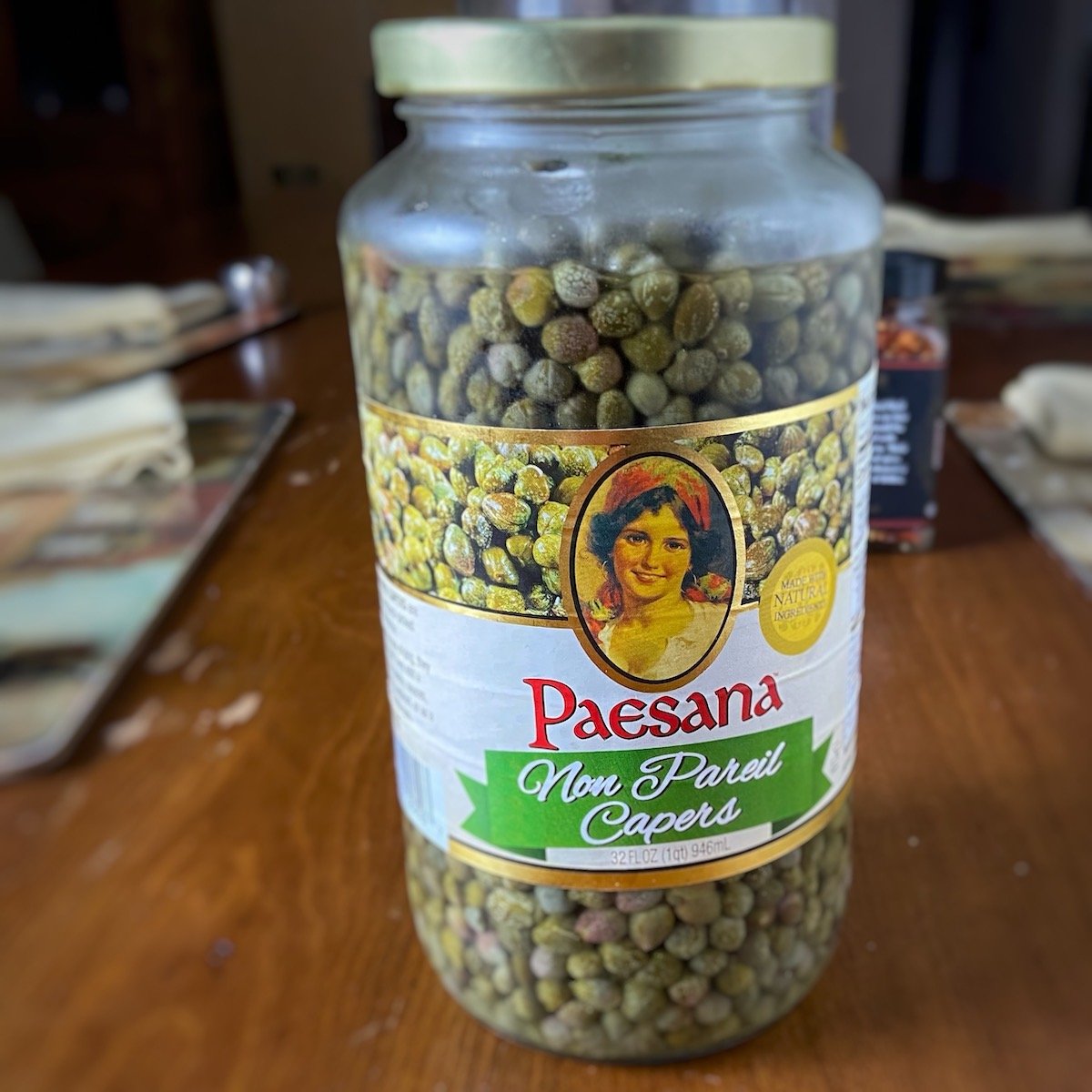
How to Store Capers
Capers can be stored in your pantry unopened for about six months. Once opened, you’ll want to refrigerate them to keep them fresh. It’s essential to ensure the capers are entirely submerged in the liquid in the jar and that you keep the jar closed with a tight-fitting cap.
I’m not sure exactly how long they can stay in the refrigerator, but our giant bottle typically lasts 6 to 9 months.

